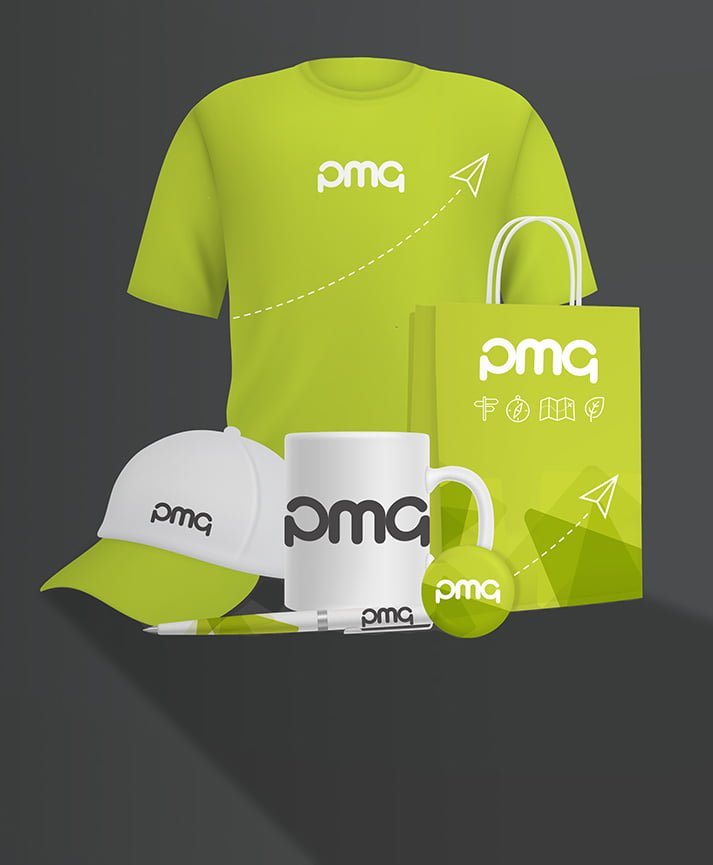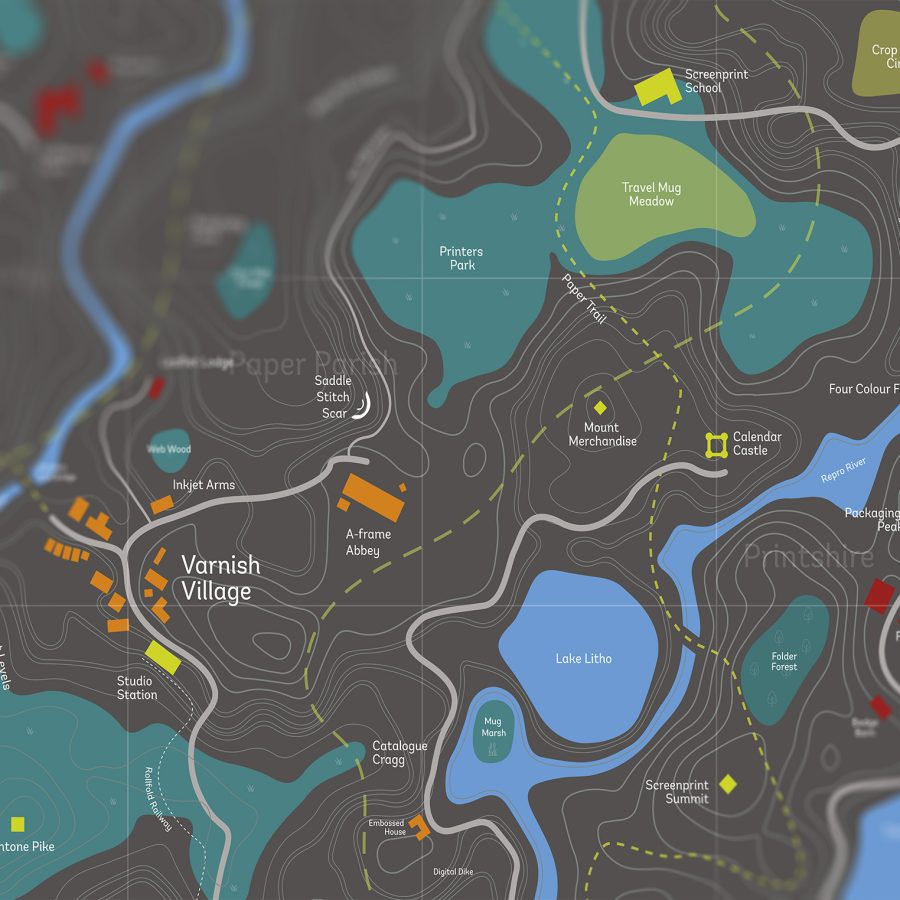
Packaging is an often overlooked aspect of print design, but in many ways it’s the most important print consideration of all. If yours is a retail business, your product packaging is likely to be the first point of contact any potential customers have with your brand. It’s where your branding is most apparent and most impactful, and it also plays the not inconsiderable role of protecting and transporting your products until they’re ready to be used. With all that in mind, what do you need to consider to ensure your product packaging is as effective as possible?
Design
Arguably the most obvious consideration, but no less important for that. Package design needs to fulfil a number of roles: it needs to remain consistent with your brand, it needs to catch potential buyers’ attention on the shelf and it needs to communicate what the product is and does. These different roles can often come at cross purposes, making packaging design even trickier to pull off successfully. A good tip is to bear your audience in mind and design for them – if you sell budget products but package them in premium-look packaging, you’re in danger of alienating your core audience.
Legibility
Strong visuals needn’t come at the expense of legibility, and legibility needn’t compromise the look and feel of your product packaging. As well as attracting them with strong design, your packaging needs to communicate with potential customers. They’ll need to know what the product is, what it does, what its USPs are, what it’s made of and more. Consumer law is also rather strict when it comes to communicating through package design, so always go for full disclosure and make sure any information you include on your product packaging is clear, unambiguous and concise.
Robustness
Product packaging has a practical role to play when it comes to protecting your products, too. Your products need to survive transit from the factory or packing facility to warehouses around the country (or even the world), from those warehouses to stores and from those stores to consumers’ homes. As such, robustness is a vitally important consideration. You need to weigh up factors including cost, weight and environmental impact against robustness, longevity and practicality when selecting the packaging for your products. Find the happy medium and you’ll maximise your profit margins.
Durability
As well as being physically robust, certain packaging must be designed and manufactured in such a way that it prevents the contents from perishing. This is certainly true of the food and drink sector, where strict consumer law and considerations of profit conspire to necessitate high standards of product preservation. Your packaging needs to be able to keep your products fresh and edible for as long as it takes consumers to put it on the plate, and this will factor into your choice of packaging materials.
Environmental impact
This last consideration impacts on all of the previous considerations too. How important are your company’s green credentials to you, and how important are they to your customers? It’s possible that one packaging option will be cheaper, more robust and more durable than all your other options, but come at a significant environmental cost. It’s up to you whether you want to prioritise environmental concerns or aesthetics, cost or practicality when developing your product packaging.
Here at PMG we’re devoted to improving all aspects of our clients’ relationship with print – from design to implementation, cost to carbon footprint. If you’d like to develop winning product packaging designs that don’t break the bank or jeopardise your company’s green credentials, we can help.
















































